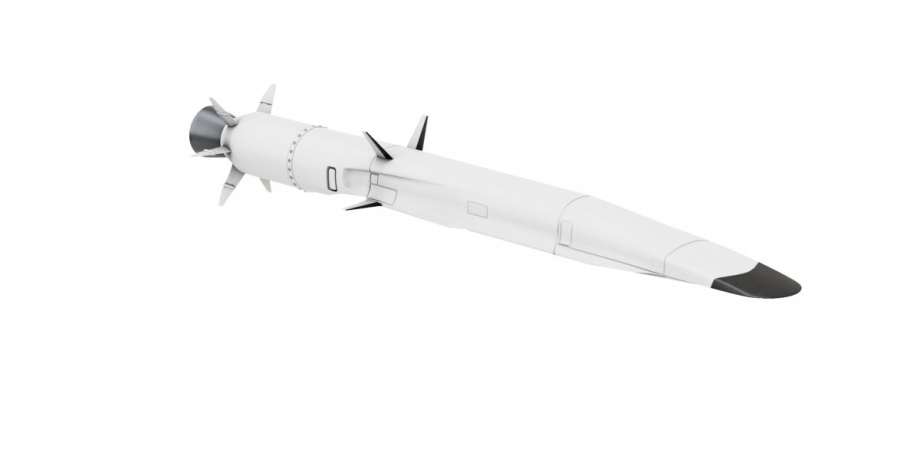
 By Eliza Popova
By Eliza Popova
The situation with the potential use of Zircon can repeat the history with the North Korean KN-23 missiles, which the Russian Federation is firing Kharkiv. At first, all the wording was suggested that Kharkiv was fired at KN-23 ballistic missiles, which also called Kimskanders. The complexity of the OSINT was that the DPRK posted a limited amount of photos of its rocket, which could be compared to the fragments from the ammunition found in Kharkiv.
In the case of Russian Zircon, the situation is much more difficult. Russia has never publicly demonstrated a "3m22" hypersonic "zircon", and all videos in the ammunition test were removed on low quality cameras. The wreckage found in Ukraine is very fragmented. At the same time the aerobalistic "dagger" in the Russian Federation many photographed and showed everywhere. To mask the start of the X-47M2 "dagger" is launched from the MiG-31K fighter, which is fixed, almost impossible.
The Zircon missile could be adapted to the Bastyion coastline or to the starting mine on the Object-100 stationary battery. Publicly known carriers of Admiral Gorshkov and the Severodvinsk atomic Submarine are specially upgraded under the "hypersonic rocket". However, they are out of the area of use for blows in Ukraine. As well as Circon's range. Different sources indicate a range from 400 to 1000 km, and the combat part is from 300 to 500 kg.
The question is the capabilities of the rocket engine. The Russian Federation is called hypersonic missiles, but this speed is reached due to the accelerator and is not maintained during flight as it is on direct -flow hypersonic engines. Everything that is more or less known is the approximate dimensions of the rocket, as it must be launched from the 3C-14 launches. But they had to be upgraded to fit the rocket.
One of the conceptual images from the Russian Federation of its Circon missile is also quite similar to the Indian-Russian Brahmos II. And it may be a two-stage engine scheme, where the first degree, perhaps, with a direct air-reactive engine, raises the rocket to the desired height and gives acceleration, and then the second stage turns on a solid fuel accelerator. As a result, there is much more questions with Zircon than answers.
At the final area of the rocket, the rocket does not fly at hypersonic velocity. The authors explain the conclusion that the official video of testing the rocket got into the lens on several staff. If the speed was more than 6 strokes, then the camera would not have time to fix the Zircon. Recall that in the morning of February 7, the Armed Forces of the Russian Federation caused a massive blow in Ukraine with the use of missiles of different types.










All rights reserved IN-Ukraine.info - 2022